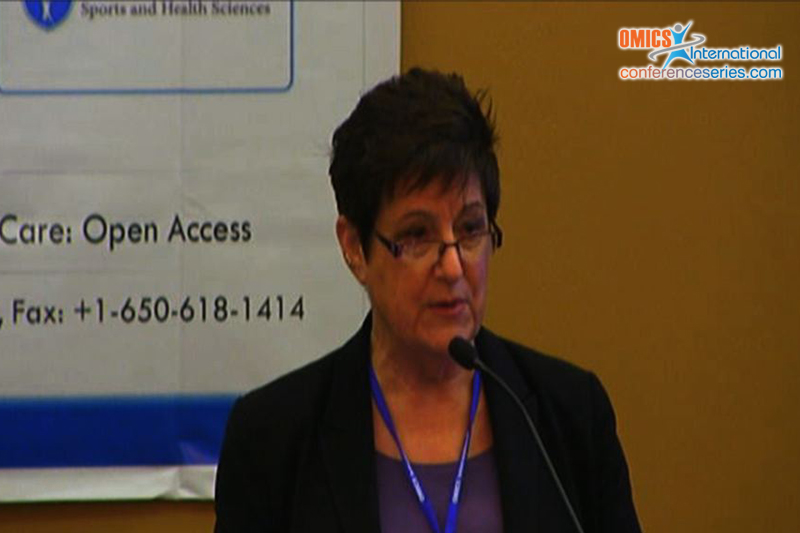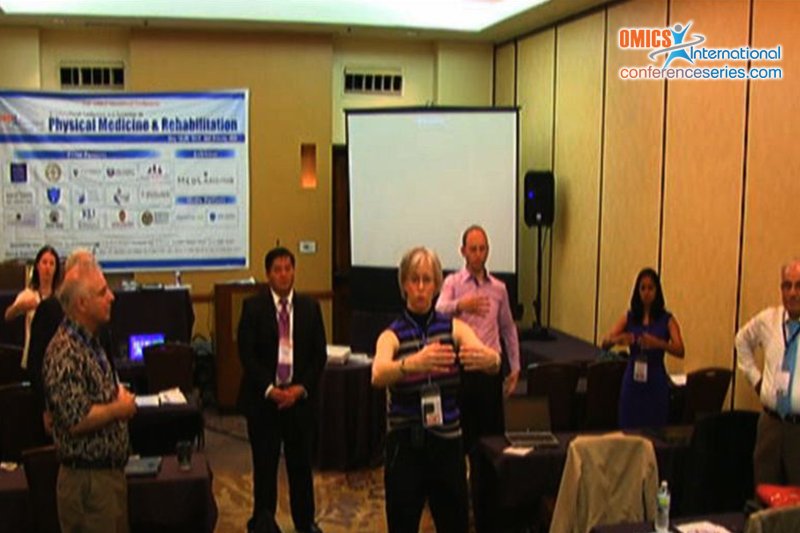
Carolyn McMakin
Fibromyalgia and Myofascial Pain Center of Portland
USA
Title: Successful treatment of myofascial pain and trigger points
Biography
Biography: Carolyn McMakin
Abstract
Myofascial pain and trigger points are controversial in part because successful treatment with conventional therapies is challenging and lasting relief is often elusive. Microamperage current modulated by specific frequencies (Frequency Specific Microcurrent, FSM) has been shown to resolve cervical and lumbar myofascial trigger points quickly and efficiently. Chronic myofascial pain in the head, neck and face was reduced from an average of 6.8 to 1.5/10 in 50 patients with an average of 11.2 FSM treatments administered over 7.9 weeks. Chronic low back pain associated with myofascial trigger points was reduced from 6.8 to 1.6/10 in 25 patients in 6 treatments administered over 6 weeks. The known mechanisms of action of FSM and how they could resolve the known pathologies of trigger points are discussed. Myofascial trigger points are thought to arise from focal injury to muscle fibers caused by trauma or overuse. Biopsies of myofascial trigger points reveal a “cluster of numerous microscopic foci of sarcomere contraction knots that are scattered throughout the tender nodule”. These contraction knots are thought to be caused by calcium release from the sarcoplasmic reticulum and are maintained by an “energy crisis” in the now hyper-metabolic muscle once the constant contraction is initiated. Muscle contraction requires the energy of four ATP; muscle relaxation requires two ATP. Microamperage current has been shown to increase ATP production by 500% and could reasonably provide sufficient additional energy to normalize muscle function. Persistence of myofascial trigger point leads to neuroplastic changes at the level of the dorsal horn in the spinal cord leading to central pain sensitization and expansion of the pain beyond its original boundaries into the referred pain area. Active trigger points show significantly elevated levels of the inflammatory peptides TNF-α, Interleukin -1(IL-1), calcitonin-gene-related-peptide (CGRP), substance P, bradykinin, serotonin, and norepinephrine. Frequency specific microcurrent has been shown to reduce all inflammatory cytokines, reduce substance P and effectively treat neuropathic pain. A retrospective study of 20 neuropathic pain patients with a mean chronicity of 6.7 years showed reductions in pain from an average 6.8 to1.8 / 10 (p<.001). It is theorized that microcurrent stimulates membrane receptors and voltage gated ion channels causing them to reconfigure and normalize cellular function. Treating the spinal cord in fibromyalgia associated with spine trauma using microamperage current and one specific frequency combination reduced IL-1(330 to 80 pg/ml, p=0.004), Il-6(239 to 76 pg/ml, p=0.0008), TNF α (305 to 78, p=0.002), and substance P (180 to 54 pg/ml p=0.0001) and increased endorphins (8.2 to 71.1 pg/ml, p=0.003). Frequency modulated microcurrent is low risk, cost effective and widely available making it a reasonable method for treatment of myofascial pain syndrome and trigger points.
Speaker Presentations
Speaker PPTs Click Here


